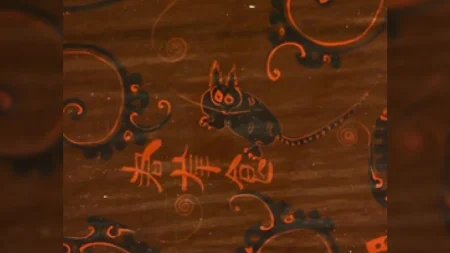The Physics of Near-Misses: Understanding the Golf Ball That Refuses to Drop
Golf offers few moments as agonizing as watching your perfectly struck putt circle the cup without falling in. That heart-stopping instant when the ball dances on the edge before cruelly rejecting the hole isn’t just bad luck—it’s physics in action. The interaction between momentum, friction, gravity, and the subtle imperfections of the green creates a fascinating but frustrating drama that plays out in milliseconds. This phenomenon, experienced by golfers at every level from weekend warriors to PGA professionals, demonstrates how the principles of mathematics and physics govern even our recreational pursuits.
When a golf ball approaches the hole with just the right combination of speed and angle, it can capture the imagination and break the heart simultaneously. The ball’s behavior follows fundamental laws of physics—primarily conservation of angular momentum and the complex interaction between gravitational and centripetal forces. As the ball rolls along the rim, it’s essentially engaged in a physical battle: gravity pulls it downward toward the center of the hole while centripetal force, created by the ball’s rotational momentum, keeps it traveling in a circular path along the edge. The outcome of this battle determines whether golfers celebrate or sigh in disappointment. The mathematics reveals that a golf ball requires a specific minimum velocity to maintain its circular path—too slow and gravity wins, too fast and the ball has enough energy to complete the journey around the rim without falling in.
The condition of the green introduces another layer of complexity to this delicate equation. Even microscopic variations in the grass around the cup’s edge—perhaps a barely perceptible tuft or depression—can dramatically influence the ball’s path. These imperfections create friction that either helps guide the ball into the hole or deflects it away at the crucial moment. Professional courses maintain greens with extraordinary precision specifically to minimize these variables, but complete uniformity remains impossible. Every putting surface has its unique personality, influenced by grass type, moisture levels, time of day, and countless other factors. Golfers often anthropomorphize these near-misses, cursing as if the ball made a conscious decision to stay out, when in reality, they’re witnessing the beautiful certainty of physical laws playing out in real-time.
The psychological impact of watching a ball circle the hole extends beyond simple disappointment. Research in sports psychology suggests that near-misses in golf may be more mentally taxing than clear misses, creating what scientists call “counterfactual thinking”—our tendency to imagine alternative outcomes that could have happened but didn’t. When a ball lips out after circling the cup, golfers often replay the putt mentally, imagining slight adjustments that might have changed the outcome. This process triggers stronger emotional responses than straightforward misses because the success seemed so tangible, so close. The physics of the near-miss thus creates a psychological phenomenon that can affect performance on subsequent holes, making understanding these principles valuable for competitive play. Many professional golfers work with both technical coaches who understand the physics and sports psychologists who can help them manage the emotional aftermath of these tantalizing almost-successes.
Technological advancements have allowed scientists and golf equipment manufacturers to study these interactions with unprecedented precision. High-speed cameras can capture the ball’s behavior in microseconds, revealing subtleties invisible to the naked eye. Computer simulations model countless variables—spin rate, velocity, grass friction coefficients, ball compression, and more—to better understand what happens in these crucial moments. This research has practical applications beyond just satisfying curiosity; it informs green design, ball manufacturing specifications, and putting techniques. Some golf balls are engineered specifically to optimize performance around the hole, with dimple patterns and core compositions designed to interact favorably with the cup’s edge. Similarly, groundskeepers use scientific principles to create putting surfaces that balance challenge with fairness, understanding how the physics of the cup-ball interaction influences the game.
The next time you watch a professional golfer or experience yourself the agony of a ball that circles the cup without dropping, remember that you’re witnessing mathematics and physics in their most applied form. This dance between competing forces—gravity pulling down, momentum pushing forward, friction redirecting—creates both the challenge and the charm of the game. Golf’s enduring appeal lies partly in this delicate balance between predictability and chance, where understanding the science can improve your odds but never guarantee success. The poetry of the near-miss, explained through scientific prose, reminds us that even in our recreational pursuits, we cannot escape the fundamental laws that govern our universe. Sometimes those laws conspire to produce moments of pure joy when the ball drops; other times, they leave us wondering what might have been as our perfectly struck putt refuses to fall.















